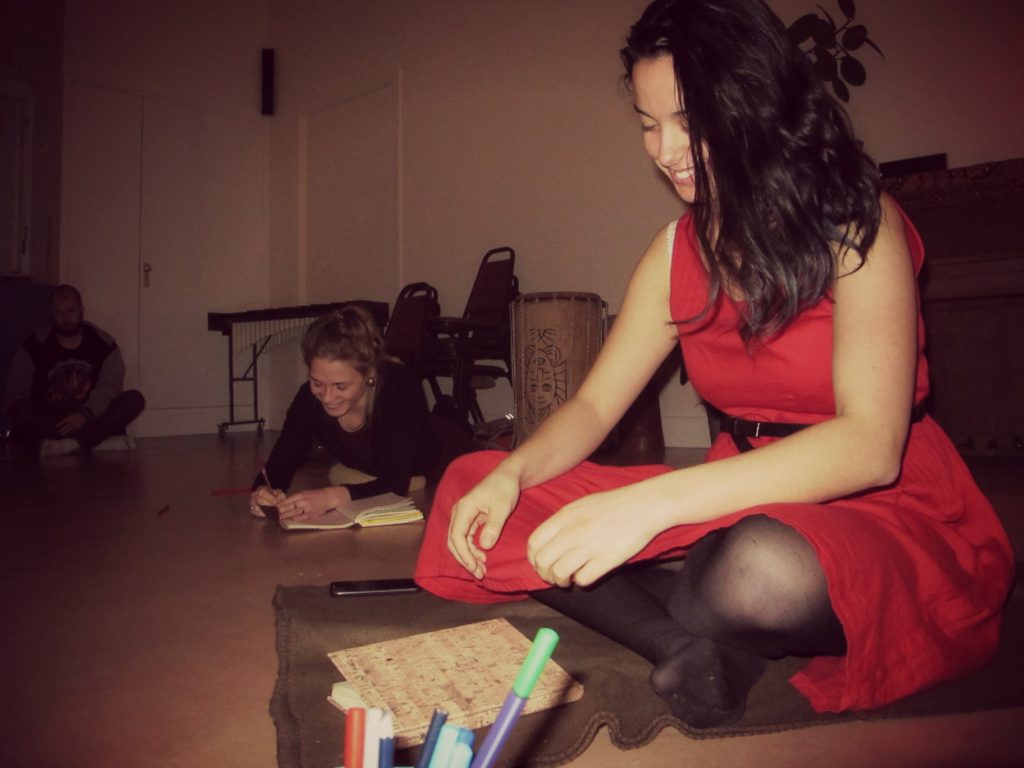Stream of consciousness
Instructions
Write continuously for a set time (for example somewhere between 5-10 minutes). What you write does not matter, the only goal is to not pause to review or reflect. Your hand should keep moving throughout the whole exercise. When the time is up, read what you have written and underline the parts that speak to you most. You can then use these sentences to create a seperate reflection or poem.
Alternatively you can start with a sentence stem related to a topic you want to reflect on. If you want to reflect on friendship, you could start with the sentence stem: ‘To me friendship…’ or ‘If I had not known friendship..”.
Origin
In both literature and psychology the term ‘stream of consciousness’ makes an appearance and both these fields offer information to enhance the appreciation for this exercise and variations on it’s theme. The term “stream of consciousness” was coined by philosopher and psychologist William James (1842 – 1910). James was influential in the shaping of the philosophy of psychology in the late nineteenth century in America. He was one of the first people who tried to conceptualize the constant stream of our thoughts, in print while also writing about his theories on brain functioning in relation to psychology (in the Western world, I should add. In Buddhist philosophy this concept is written about centuries BCE).
“Consciousness, then, does not appear to itself as chopped up in bits … it is nothing joined; it flows.
A ‘river’ or a ‘stream’ are the metaphors by which it is most naturally described. In talking of it hereafter,
let’s call it the stream of thought, consciousness, or subjective life.”William James (1890)
Self reflection

Leonie is a dramatherapist who works within centrum vaktherapie. In her workshops and therapy sessions she uses creative and expressive exercises to facilitate personal development, processing and self expression.

Drama therapist
Sources
Buchalter, S. I. (2015). Raising self-esteem in adults: An eclectic approach with art therapy, CBT and DBT based techniques. London: Jessica Kingsley Publishers.
Brande, D. Becoming a Writer (1934) New York: Harcourt, Brace and Co.
Cole, A.L. (2001). “The Thesis Journey: Travelling with Charley”. Brock Education. 13 (1): 1–13. Retrieved 2017-07-12.
Cuddon, J. A. (2014). The Penguin dictionary of literary terms and literary theory. London: Penguin Books.
James, W. (2012). The principles of psychology: Vol. 1.New York: Dover Publications.
Ross, J.; Robinson, L. (1967). “Guided Writing and Free Writing: A Textbook in Composition for English as a Second Language”. TESOL Quarterly. Vol. 1, No. 2. 1 (2): 58–60.
https://en.wikipedia.org/wiki/Free_writing
http://www.nathanielbranden.com/sentence-completion-i

